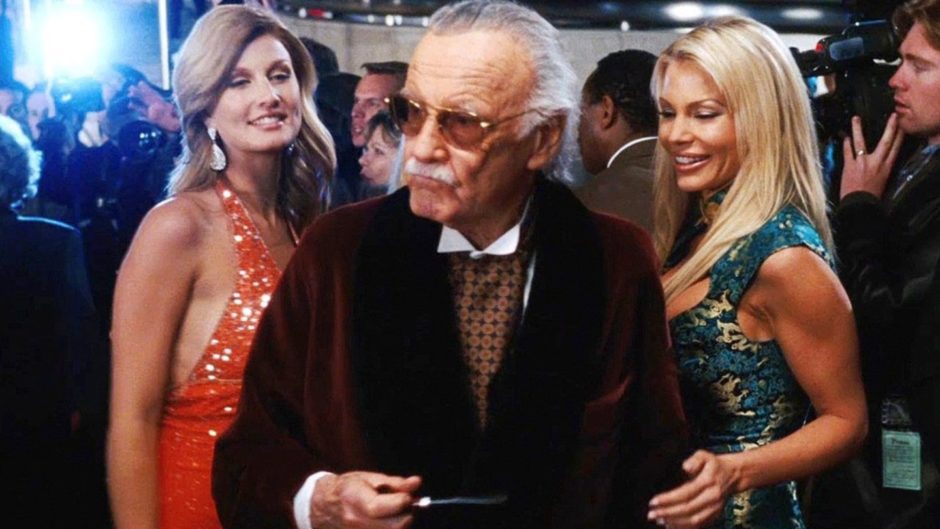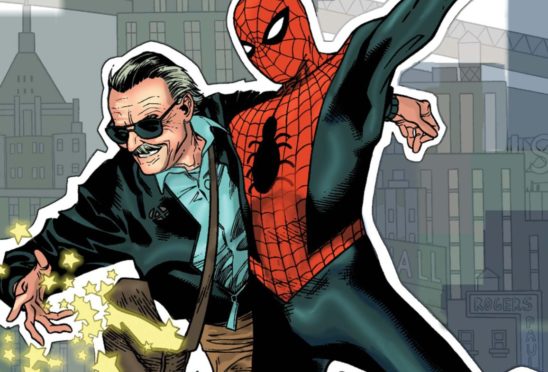
Iron Man is a high-flying genius, Professor X reads minds and The Hulk is a not-so-jolly green giant.
Yet none of these remarkable characters have had as big an impact on the world – the real one at least – as their legendary creator, Stan Lee.
Since the ’60s his kaleidoscope of costumed heroes and villains have gone from starring in multimillion-selling Marvel comics to, more recently, leaping into action in movie franchises worth $30 billion.
Now two biographies – Stan Lee: A Life In Comics and True Believer: The Rise And Fall Of Stan Lee – about the man who died two years ago explore the story behind the tinted glasses, blink-and-you’ll-miss-it movie cameos and showman personality.
They tell of a controversial origin tale to rewrites and battles as much as any of the New Yorker’s beloved characters.
Award-winning Scottish comic book artist Frank Quitely has portrayed hundreds Stan Lee characters during his 30-year career. He recalls gazing at these same heroes as a comic-obsessed boy in the ’70s on the bedroom floor in his friend’s house across the road.
“At that time I didn’t actually properly read comics that much; it was all about looking at the art,” says Frank, real name Vincent Deighan. “But these Marvel comics were different. I remember being aware of the voice behind them, and it was very much Stan Lee’s.
“He was conversational: from his soap box, the letters page or even his narration within the comics, particularly at the start of each story. It was like he was addressing the reader. That felt very unusual.”
It was Stan’s influence that helped revive the floundering comics industry and usher in the golden age of the ’60s.
Millions devoured the Marvel books he churned out, each dotted with his optimistic commentary and catchphrases.
In his 60 years at Marvel, Stan created more than 1,200 characters. Or, to be more accurate, co-created. He worked with industry legends such as Steve Ditko and Jack Kirby, who later challenged just how much their former partner was responsible for the Marvel line-up.
“Stan seems to have had more than his fair share of credit for the characters he created,” adds Frank. “A lot of people, from fans to members of the public, are under the impression he created The X-Men, Spider-Man, The Fantastic Four.
“In the 30 years I’ve been working in comics, I’ve seen Jack Kirby in particular getting more credit for his input, which many people believe was more than 50%. I don’t know for sure how much of the basic concept actually came from Stan.”
Take Spider-Man. Lee first said he was inspired by classic crime-fighting pulp magazine hero The Spider, then later claimed the idea came when he watched an arachnid crawl up his wall. He later admitted in his autobiography he wasn’t sure which of the origin stories was true.
“Whether it was misremembered or he just thought, hang on, this is a better story than the one I told last time, I don’t know,” says professor Laurence Grove of Strathclyde University, an expert in comics and their history.
“Stan had many characteristics that evolved with time. He was a slight parody, he was kitsch before kitsch was a thing, he was larger than life. By all accounts he was an absolute joy to meet but he played the character he created.
“His image was cleverly calculated, and I don’t mean that in a nasty way. He was playing a game, a role, and did it well.”
Stan went from struggling pulp magazine writer to hugely successful comic architect at Marvel before eventually morphing into a twinkly elder statesman of the industry.
His later years were marked by lawsuits over the intellectual property of various characters. Towards the end of his life, irrepressible Stan was often found mingling at celebrity parties. Yet for all his flirtations with a party-going lifestyle, and those questions over whether he had claimed credit for others’ work, his likeable, avuncular image remained intact.
“I’ve heard various things about the extent to which he created a persona for himself,” says Frank. “There’s nothing wrong with that. He was an ambitious, creative guy and the lines between his work, personal and social life were blurred. But in terms of what he did for the industry it’s important to remember his impact. He’s credited with coming up with the Marvel style of creating comics.
“Rather than writing a full script with art direction he would sit with the artist and they would throw story ideas around to come up with one that most suited the way the character was developing.
“So even in the day-to-day work of making comics he was absolutely a co-creator. He was something of a mastermind.”
Stan recognised the way the counterculture wind was blowing in the ’60s. Capitalising on social upheaval in the US, his narration was delivered in a chatty hippy vernacular.
Meanwhile Captain America grappled with bigotry as much as bank robbers.
“The X-Men are very striking-looking characters,” added Frank. “But, beyond the visuals, by the time I was in my early teens I’d cottoned on to the fact that, in those stories, Stan was championing the underdog and the idea of fighting prejudice. It came through in such a simple and palatable way. He should be applauded for that stance.”
In a lawsuit in 2017, filed by a group of his nurses and carers, Stan was accused of sexual misconduct, although the allegations were never proven.
Whatever the truth of that, or the accusations surrounding his habit of claiming credit for creative work of others, Stan would recognise no one is flawless. In fact creating imperfect, struggling characters was one of his strengths.
Unlike the seemingly immaculate Superman, whose home was at the more conservative rival publishing house DC, Stan injected his characters with flaws; Bruce Banner struggles with anger issues, Iron Man is alcoholic and Spider-Man has teenage angst.Protagonists with weaknesses might be common now, but when Stan Lee combined the image of Errol Flynn-style heroes with all-too-real weaknesses, the result quickly became comic gold.
“It seems obvious but, if it was, every writer would manage it,” adds professor Grove. “He emphasised his character’s flaws which is why they appealed. We look at them and say, ‘That could have been me’.
“He managed to blend something we can hang on to coupled with the plain silly. The Norse God of Thunder is still anchored in the everyday.
“You can see this in the enormous breadth of his work. Make no mistake, if you’re going to talk about literary canons then Stan Lee is Shakespeare to comics.”With such an indelible mark on pop culture it seems Stan was himself a marvel. To borrow one of the great man’s catchphrases: ’Nuff said!
The cameos
Stan Lee was a regular on-screen presence in “blink-and-you’ll-miss-him” cameos in Marvel movies. Here are five of the best.
Iron Man, 2008
In his first Marvel movie cameo, Stan appeared as himself at a gala with three blondes on his arm. Hero Tony Stark mistakes him for Hugh Hefner.
Thor, 2011
Thor’s hammer Mjolnir can only be lifted by the worthy; Stan played a man trying and failing to lift the weapon with the help of a pick-up truck.
The Avengers, 2012
Following a story about the superhero team, a news crew interview an old man – Stan Lee, of course – about a battle. “Superheroes in New York?” he said. “Give me a break.”
Avengers: Age of Ultron, 2015
Stan is carried away, very drunk, from a superhero party muttering his catchphrase: “Excelsior!”. This was Stan’s favourite cameo.
Avengers: Endgame, 2019
His final Marvel movie cameo was a posthumous one. Digitally de-aged, he shouts: “Hey man, make love, not war!” from his car.

Enjoy the convenience of having The Sunday Post delivered as a digital ePaper straight to your smartphone, tablet or computer.
Subscribe for only £5.49 a month and enjoy all the benefits of the printed paper as a digital replica.
Subscribe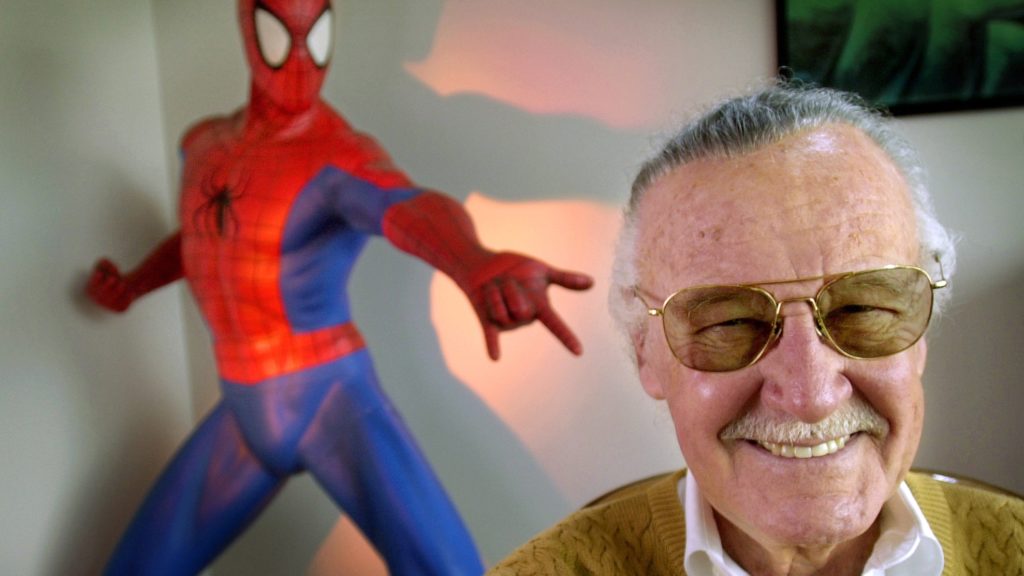
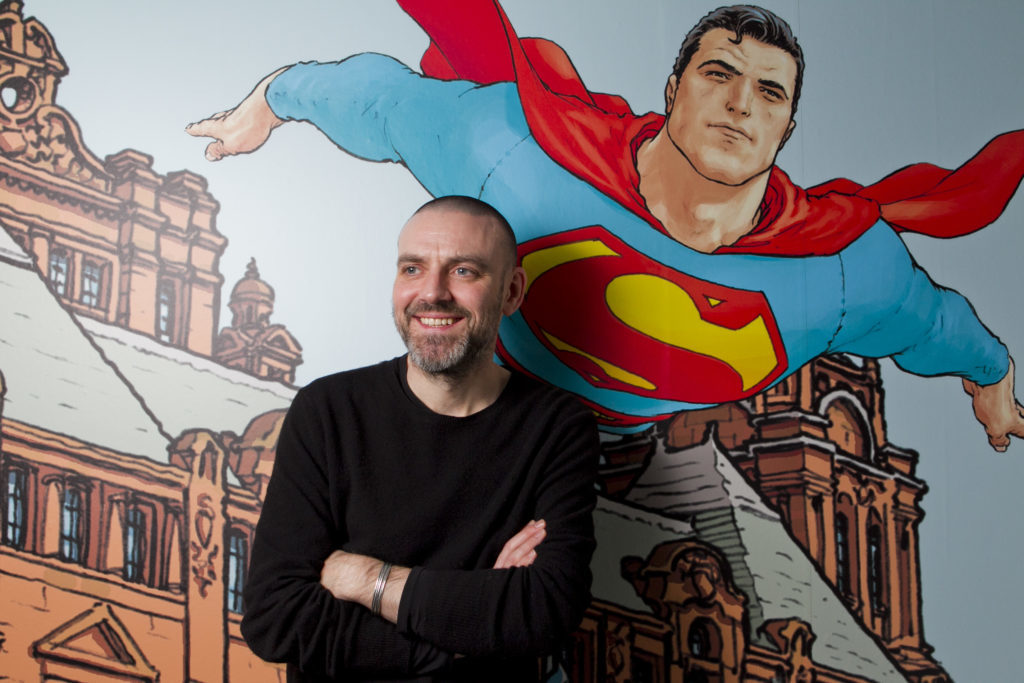 © Andrew Cawley
© Andrew Cawley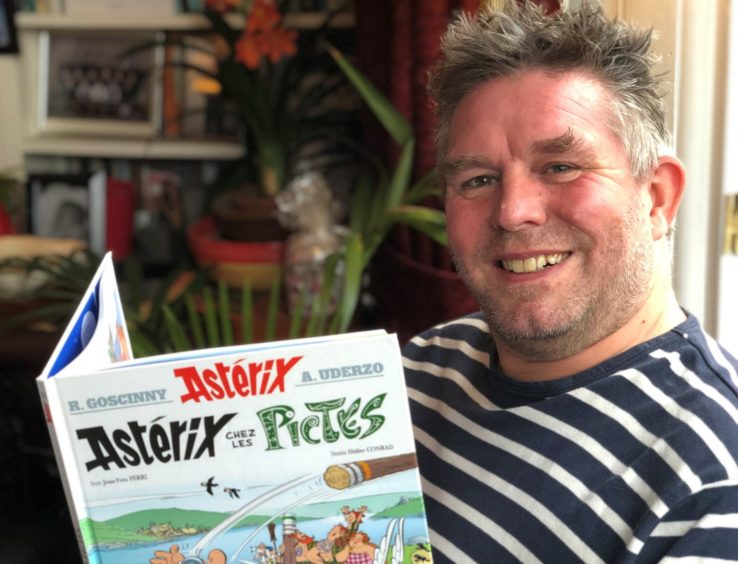
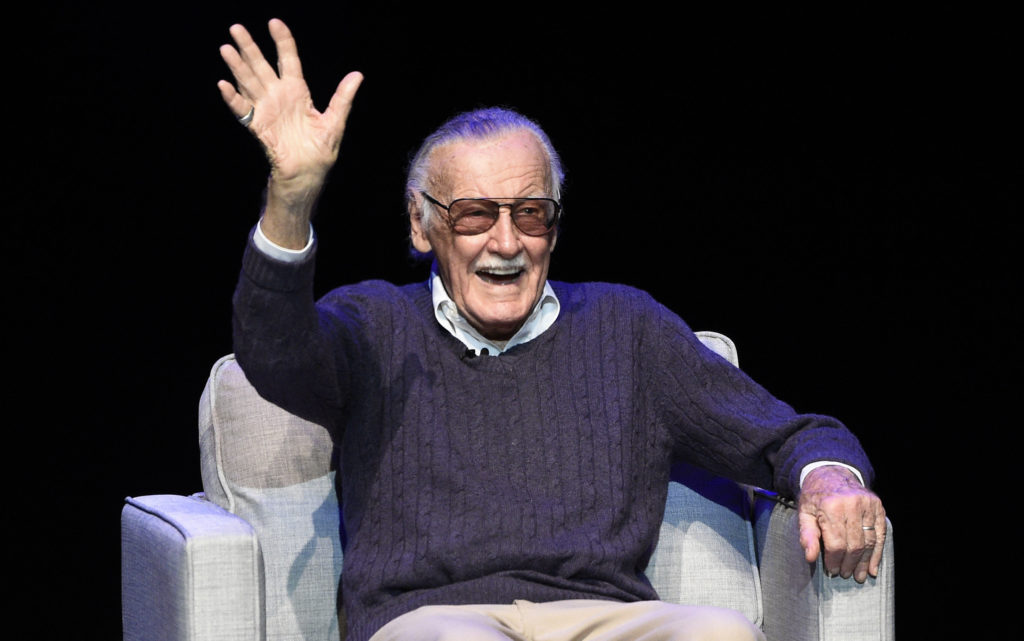 © Chris Pizzello/Invision/AP, File
© Chris Pizzello/Invision/AP, File